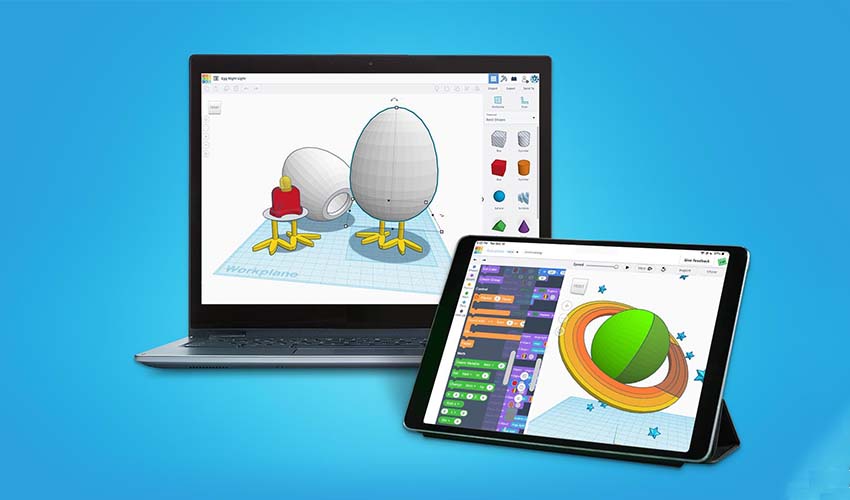

Open access to the top of the skull to allow for stereotaxically prescribed ultrasound of the brainĬlear air circulation around the body for temperature controlĭelivery of gas anesthesia directly to the nose of the mouse Precise and reproducible fixation of the head in the “flat skull” position, consistent with the Paxinos mouse brain atlas ( 11) Equally important were the physical constraints imposed by the imaging system, such as magnet compatibility and coil size. To insert the temperature probe into the cradle required a long hole with a bend-an impossible feature for a typical machine shop, but a trivial feature for SFF.įor the example device, we began by listing the requirements (shown below) with special attention to animal’s positioning, anesthesia, and monitoring.

For example, to maximize throughput, we wanted to build all of the monitoring sensors into the animal cradle. Thus, to fully exploit the power of these technologies, the researcher should include every feature that will facilitate the experiment. Furthermore, while complicated extra features typically add great cost at a machine shop, they have little effect on the price in SFF. While this seems obvious, it merits special consideration: the computer-aided design and manufacture permit a level of nuance and flexibility not available in traditional small-volume manufacturing. The first step in the process is to enumerate all the constraints and requirements of the device. By adopting this process, we are able to have high-quality, affordable devices that specifically meet the needs of the experiment and result in higher throughput, more consistent imaging, and more reliable results. While this process is commonly used in the product design community, it has yet to be fully harnessed by the research community. Here, we describe such a process in which measurements are taken from anatomical images of the animal, devices are designed in 3D computer-aided design (CAD) software, and parts are produced by a solid freeform fabrication (SFF, also known as rapid prototyping) service. The small animal imaging community needs a fast and inexpensive process for producing sophisticated animal handling devices tailored to the needs of a particular experiment. However, for sophisticated devices that closely fit the animal anatomy and incorporate anesthesia and monitoring, the cost and time for custom-machined parts is extremely high. High-quality, purpose-built animal handling devices can be produced by working with a machine shop ( 7- 10). When the imaging technique is extended to large numbers of animals in a subtle biological study, these awkward systems are inconsistent, unreliable, and slow.

While some laboratories have the facilities to produce high-quality devices, home-built devices typically lack sufficient robustness for long-term use.

Consequently, when developing a new imaging protocol, researchers often modify existing devices or build their own. In our experience, commercially available systems rarely meet the particular needs of an experiment and do not integrate well with other laboratory components (e.g., animal monitoring transducers). Because the applications are specialized, no general solution exists for animal handling. For example, blood oxygen level-dependent (BOLD) fMRI in the rat ( 4, 5) requires very different positioning, anesthesia, and monitoring than combined MRI/PET of flank tumors ( 6). Subtle, biologically relevant experiments require 1) large numbers of animals to be processed efficiently ( 1) 2) reliable and repeatable positioning of the animal and 3) precise and consistent anesthesia and monitoring ( 2, 3).Īnimal handling needs are specific to each imaging experiment. However, once a technique is established and is being used to study animal models of human disease, the experiment depends critically on the quality of animal handling. In the development of a small animal MR imaging technique, the technical aspects of acquiring data (e.g., pulse sequences) necessarily receive the greatest attention, while animal handling is only a minor concern.


 0 kommentar(er)
0 kommentar(er)
